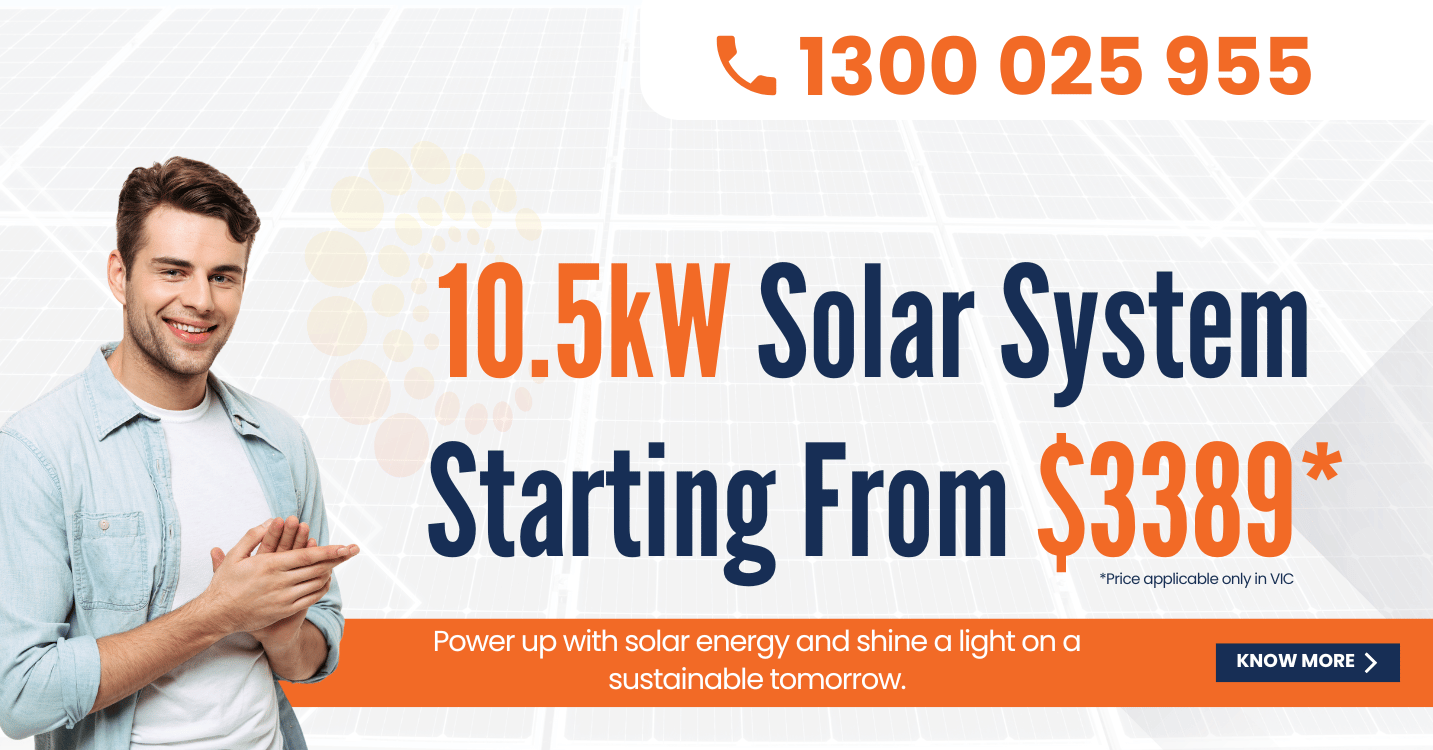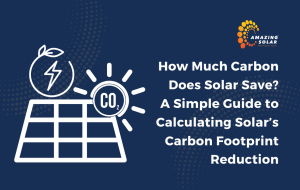As energy costs continue to rise, more Australian homeowners are exploring solar energy as a sustainable and cost-effective solution. Solar power harnesses the abundant sunlight to power your home, reduce electricity bills, and decrease your carbon footprint. If you’re considering solar energy for your home, this guide is designed to answer all your questions and empower you to make an informed decision.
What Is Solar Energy?
Solar energy is the power generated by harnessing sunlight through photovoltaic (PV) panels or solar thermal collectors. These technologies convert sunlight into electricity or heat, providing renewable energy for residential, commercial, and industrial use.
Benefits of Solar Energy for Homeowners
- Cost Savings: Solar panels can significantly reduce your electricity bills by generating power directly from sunlight.
- Environmentally Friendly: Solar energy is clean, reducing your household’s carbon emissions and contributing to a greener planet.
- Energy Independence: With solar panels and battery storage, you can reduce reliance on the grid, especially during peak hours or blackouts.
- Increased Property Value: Homes equipped with solar systems often have higher market value and appeal to eco-conscious buyers.
- Government Incentives: Homeowners in Australia can benefit from various rebates and incentives, making solar installations more affordable.
Key Components of a Solar Energy System
- Solar Panels: Convert sunlight into electricity.
- Inverter: Converts DC electricity from the panels into AC electricity for home use.
- Solar Battery: Stores excess energy for later use.
- Mounting System: Secures panels on your roof.
- Monitoring System: Tracks the performance and energy production of your solar system.
How Does Solar Energy Work?
Solar panels capture sunlight and convert it into DC electricity. This electricity passes through an inverter, which transforms it into AC electricity compatible with your home appliances. Any surplus energy can be stored in a solar battery or sent back to the grid in exchange for credits under feed-in tariff schemes.
Types of Solar Panels
- Monocrystalline Panels: High efficiency and sleek design, ideal for limited roof space.
- Polycrystalline Panels: Cost-effective and durable, with slightly lower efficiency.
- Thin-Film Panels: Lightweight and flexible but less efficient compared to crystalline panels.
Solar Energy in Australia: What You Need to Know
Australia enjoys some of the highest solar radiation levels in the world, making it an ideal location for solar power. The government supports solar adoption through rebates and schemes like the Small-Scale Renewable Energy Scheme (SRES), offering homeowners significant savings.
Factors to Consider Before Installing Solar Panels
- Energy Needs: Assess your household’s energy consumption.
- Roof Suitability: Evaluate your roof’s size, orientation, and shading.
- Budget: Determine upfront costs and potential savings.
- Solar Retailer and Installer: Choose a trusted provider like Amazing Solar for quality products and professional installation.
- Warranty and Maintenance: Ensure long-term performance with robust warranties and regular upkeep.
Common Myths About Solar Energy
- Solar panels don’t work on cloudy days. Solar panels generate electricity even on overcast days, albeit at reduced efficiency.
- Solar is too expensive. With government incentives and decreasing installation costs, solar is more affordable than ever.
- Maintenance is too complicated. Solar systems require minimal maintenance and are built to last.
How to Choose the Right Solar Energy Provider
- Look for a CEC-accredited installer.
- Read customer reviews and testimonials.
- Compare quotes and services.
- Ensure comprehensive warranties and after-sales support.
Amazing Solar ticks all these boxes, providing top-tier products and services tailored to Australian homeowners.
Call to Action: Start Your Solar Journey Today
Ready to switch to solar? Talk to our solar experts at Amazing Solar by calling 1300 025 955. We’ll help you choose the right system, maximise your savings, and contribute to a sustainable future.
















